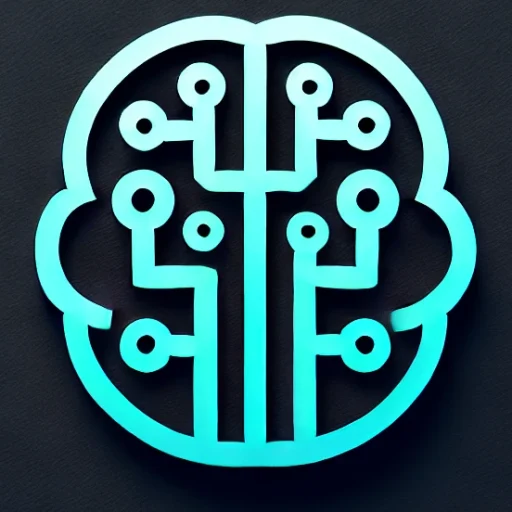
Introduction
In recent years, generative AI has emerged as a groundbreaking force, revolutionizing how we approach creativity and problem-solving in various industries. By harnessing the power of machine learning, these systems are not only automating tasks but also creating entirely new forms of art, design, and content. As AI continues to evolve, its impact on the creative landscape has become a focal point for innovation and discussion in both technology and the arts.
Key Insights & Latest Advancements
Generative AI refers to algorithms like Generative Adversarial Networks (GANs) and large language models that can produce new content from scratch. Recent advancements, such as OpenAI’s GPT-3 and DALL-E, have demonstrated remarkable capabilities in generating text, images, and designs that are indistinguishable from those created by humans. These models are trained on vast datasets, enabling them to understand context, style, and nuances, thereby enhancing their creative output.
The latest trend in this domain is the integration of multimodal AI systems that can combine text, images, and even audio to create cohesive and comprehensive content. This leap in technology not only broadens the potential applications of AI but also redefines the boundaries of creativity.
Real-World Applications
Generative AI is making significant strides in various fields:
-
Art and Design: Artists are using AI to produce novel styles and patterns, leading to the creation of unique art pieces and digital paintings. Fashion designers are leveraging these tools to innovate new clothing designs that reflect emerging trends and consumer preferences.
-
Media and Entertainment: The film industry is exploring AI’s potential in screenplay writing, special effects, and even generating virtual actors. AI-generated music is another area where algorithms are used to compose melodies and harmonies that resonate with listeners.
-
Marketing and Content Creation: Businesses are adopting AI to automate content creation for social media, advertising, and customer engagement, resulting in personalized and scalable marketing strategies.
Challenges & Future Outlook
Despite its potential, the deployment of generative AI in creative processes presents several challenges. Addressing issues of copyright and ownership is essential as AI systems generate new content based on existing works. Additionally, ensuring ethical use of AI-generated content is a growing concern, as it may be leveraged for misinformation or deepfakes.
Looking ahead, the future of generative AI will likely focus on enhancing human-AI collaboration, where AI becomes a tool that augments human creativity rather than replacing it. We can expect to see advancements in AI’s understanding of human emotion and context, leading to more sophisticated and context-aware applications.
Conclusion
Generative AI is reshaping the creative landscape by offering unprecedented possibilities to artists, designers, and creators. Its capacity to produce innovative content transforms industries, pushing the boundaries of what is possible. However, as we embrace this technological revolution, navigating the ethical and legal challenges becomes imperative. The key takeaway is that generative AI, in collaboration with human ingenuity, holds the potential to enrich our cultural and creative tapestry, driving progress and inspiring new frontiers in creativity.

